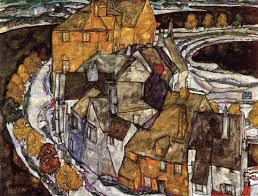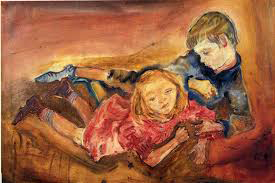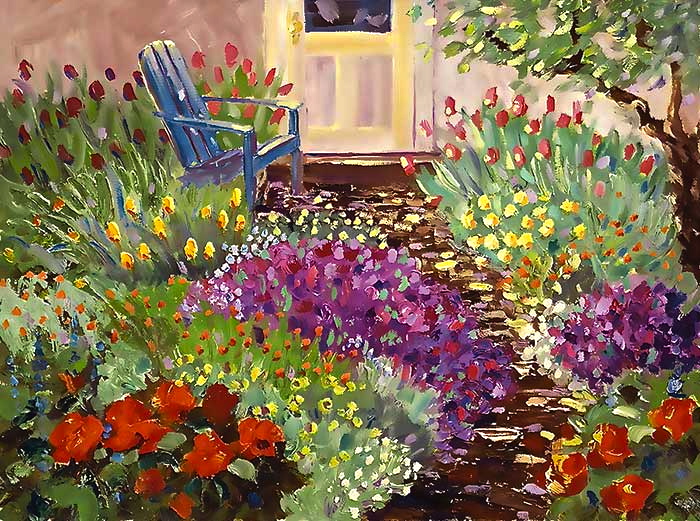Artistic Lines
from Joan Justis
March 2017
Website:joanjustis.com Instagram#joanjustisstudios
Expressionistic art is created when the artist wants to show a personal emotional interpretation rather than a presentation of what he sees. The expressionistic process can be spontaneous or well planned. The resulting painting, sculpture, print may be moody and dark, filled with passion and joy, or tranquil and lyrical.
One of the most poignant artists is Käthe Kollowitz. (1867-1945) Her husband was a doctor who served the poor in Berlin. She found the life of the proletariat “beautiful” and courageous and portrayed their life and death with compassion. She was a socialist and a pacifist. In 1933 the Nazi Party forced her to leave Akademie der Künste and her work was removed from museums. She was to be sent to a concentration camp, but was spared because of her international fame as an artist of the people.
A technique often used in expressionistic art is akin to hallucination, as seen in the work of Oskar Kokoschka (1886-1980). Kokoschka was born in Austria, but upon being declared by the Nazis to be a modern or Degenerate artist, he fled to Prague. He eventually escaped to Great Britain where he received help as a Czech refugee. He continued producing paintings, wrote his memoir and a play declared to be the first Expressionist drama.
Chaim Soutine (1893-1943) used distortion. Soutine was born in Belarus, Russia where he studied art. In 1913 he moved with friends to Paris and studied at the Ecole des Beaux-Arts. Because of influential supporters, he became well-known, but as a Jew he had to flee the Gestapo in France. He died in hiding of an ulcer in 1943.
Vincent Van Gogh’s (1883-1890) style was adopted by German Expressionists and he is considered by some as an early expressionist with his use of vibrant, passionate colors. (1853-1890)
I like to compare the expressionist Egon Schiele’s (1890-1918) Room in Neulenbach 1911 to Van Gogh’s Bedroom in Arles 1888. Schiele is known for the use of expressive lines.
Expressionism as a style seems to be the result of anxiety and struggle in war torn societies in an effort to express the feelings and angst of the time.
After 1920 many artists began to transition to non-objective abstract forms of art.
This is my closest effort to expressionism. It has no pathos, but instead is an imagined expression of my love for gardens and vibrant color. A print of this painting is available. http://joanjustis.com/garden-gallery
It is interesting to study art movements through the eye of a socio-political historian. The Art Story site is an excellent and beautiful site to explore for any interest in art. http://www.theartstory.org/movement-expressionism.htm











